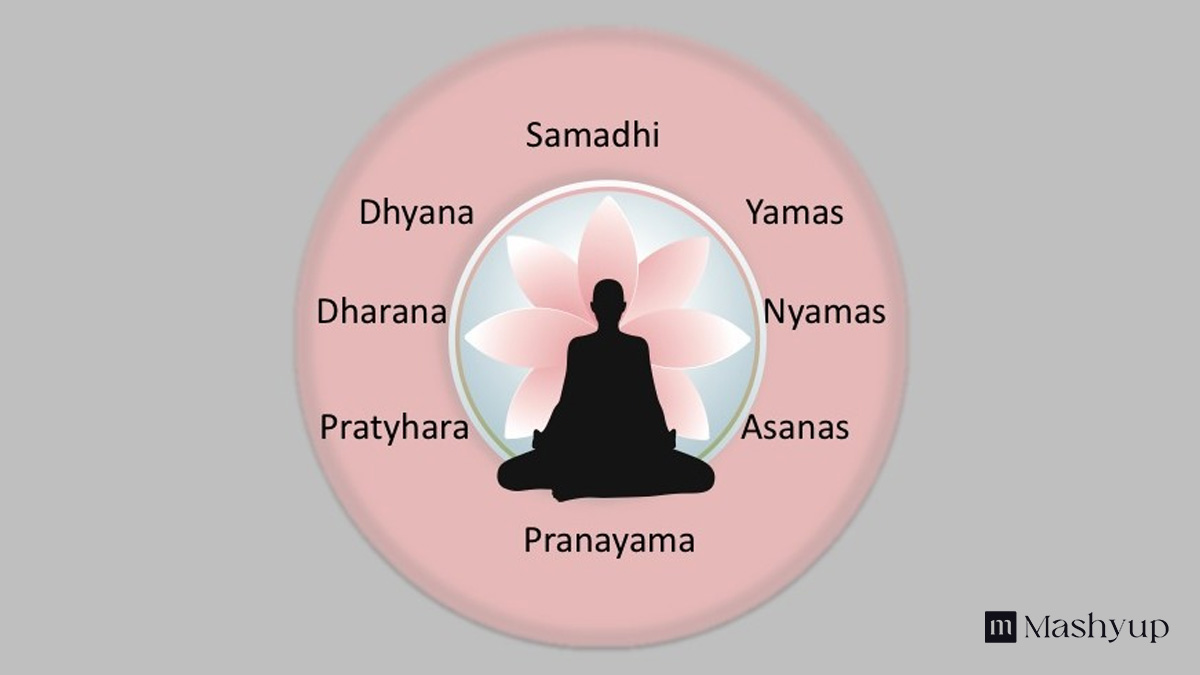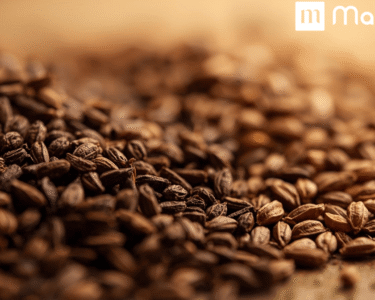The term yoga means to unite or connect. It can also be defined as the ‘separation’ or ‘disentanglement’. Yoga is practiced to separate ourselves from the outer world and connect with our true self, which in Yogic philosophy is known as ‘Atman’. The main goal of performing yoga is to obtain freedom or moksha. You can achieve this freedom of mind and soul by following the ‘Ashtanga’ or the right fold limbs of yoga. The word Ashtanga has been derived from the word ‘ashta’ meaning eight and ‘anga’ meaning limb. The eight limbs of yoga are:
YAMA– This is the first limb of Yoga as per the Yoga Sutras of Patanjali. It is all about promises, vows, moral disciplines and restraints that are primarily concerned with the interaction we do with the outer world. There are 5 YAMAS- Ahimsa, Satya, Asteya, Brahmacharya and Apargraha.
NIYAMA– It means a routine that we should follow or the duty that we have towards ourselves as well as others in our day-to-day life. Niyama is the second limb, and the word ‘Ni’ means inward. There are 5 Niyamas that an individual should follow-
- Saucha- cleanliness
- Santosha- Contentment
- Tapas- Discipline
- Svadhyaya- Self-reflection
- Isavapranidaha- Surrendering to the higher authority
Niyamas are followed by those individuals who wish to become a Yogi in future and wants to reflect upon themselves.
ASANA–This is the third limb and the physical aspect of Yoga. Practicing Yoga poses (ASANA) can lead you towards the path of liberty. It is the ‘seat’ where you’ll practice meditation. The Hatha Yoga Pradipta i.e. the traditional yoga text not only talks about Padmasana or Virasana but it also talk about the alignment ‘Sthira sukham asanam’ which is a posture/position that the yogi can easily practice without moving and can hold themselves comfortably.
PRANAYAMA– It is the breathing technique which affects our mind. The Pranayama can be understood as ‘prana’ and ‘Yama’ meaning breath control, or it could be better translated as ‘Freedom of Breath’. The physical act of practicing stimulating pranayama techniques changes our mind in different ways.
PRATYAHARA– We can understand the term Pratyahara by understanding two parts of this word- first is ‘Pratya’ meaning to ‘drawback’ and ‘ahara’ meaning to take in something (smell, sight or sound spontaneously)This is the probably the first thing that we do before starting any asana or yoga. We try to focus on the way we breathe to change our state of mind.
DHARANA– Dharana means ‘Focused attention’. This limb is directly linked to Dharana and Pratyahara. To focus our attention on one particular thing, we need to withdraw all our senses from the other concentration points. Some of the dharanas are candle gazing (Tratak), focusing and visualisation.
DHYANA- Dhyana is the seventh limb of yoga, and it is the full state of concentration while we meditate. It can also be known as ‘meditative absorption’. It is a practice that requires deep concentration and meditation.
SAMADHI– As per the Patanjali Yoga Sutra, Samadhi is the final anga. Once we learn to organize our relationship with our inner self as well as the outer world, we can find bliss. Samadhi means a state of fulfilment, happiness and ecstasy.
So, these are the eight limbs of yoga that you must know about. Without knowing them, doing yoga is not possible.






